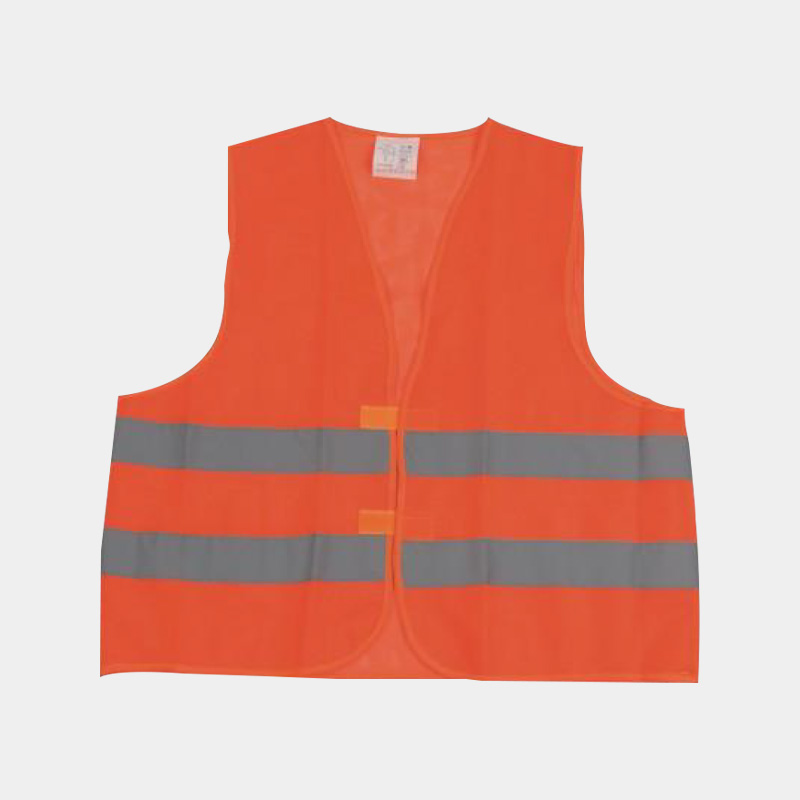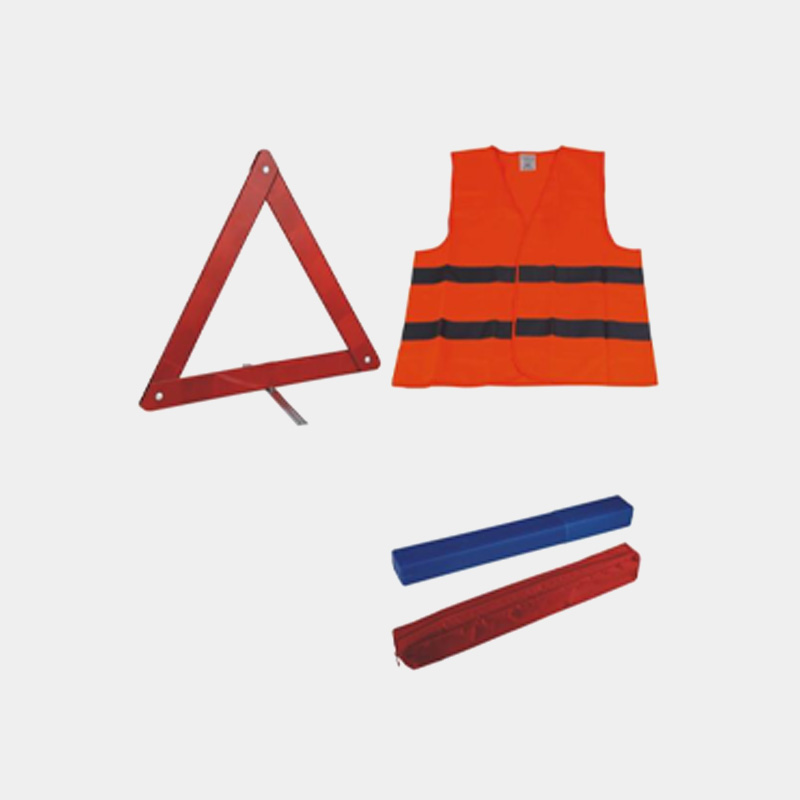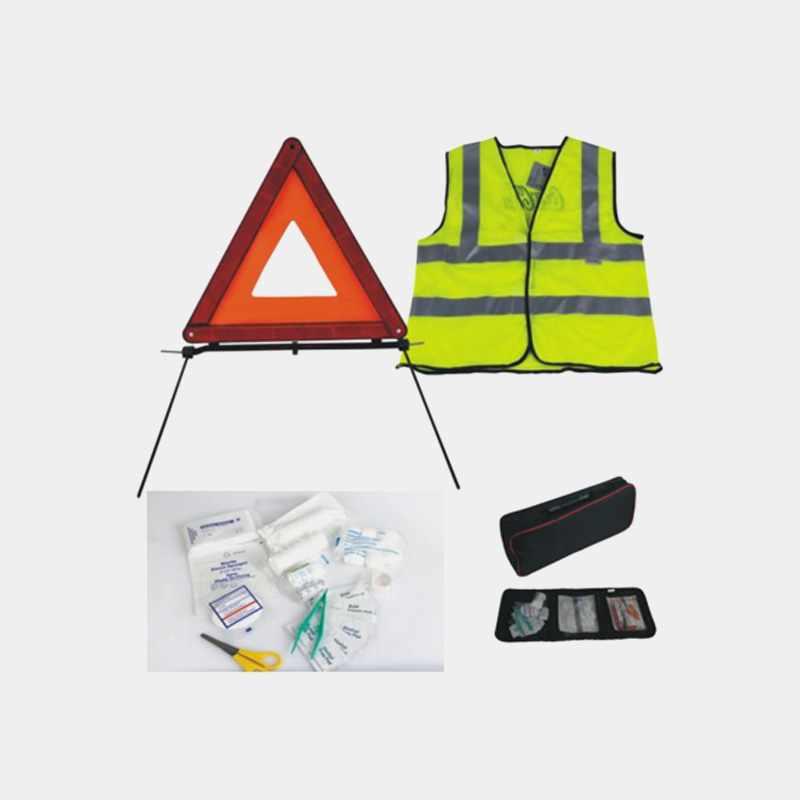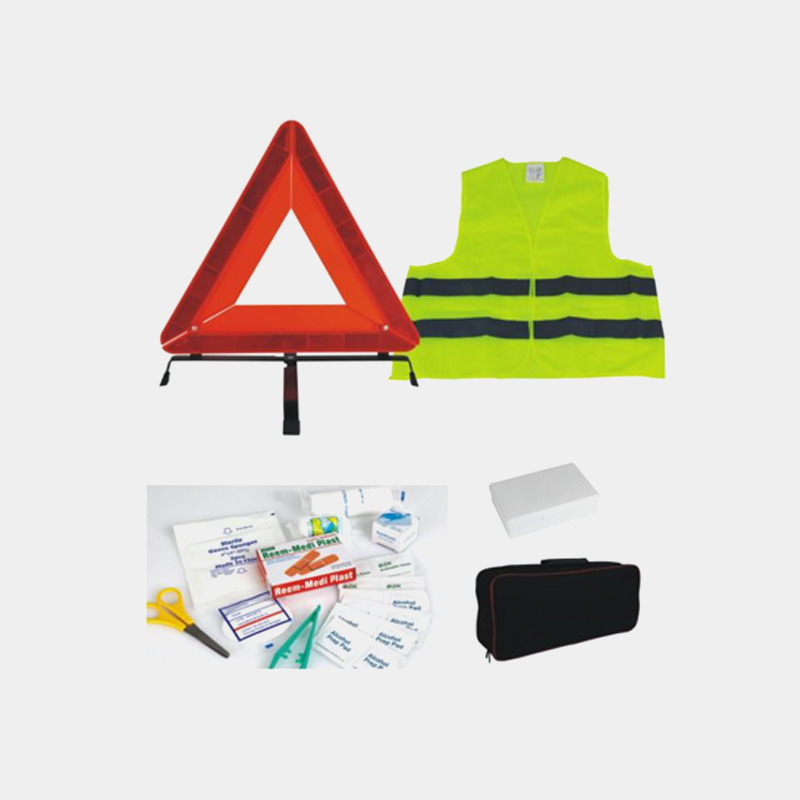Triangular warning signs play a vital role in traffic safety management. Their setting and use must follow strict standards and specifications to ensure that warning information can be effectively conveyed in all situations. Reasonable setting location is the primary condition to ensure the visibility of the sign. The sign should be placed in an appropriate position within the driver's line of sight to ensure that it is clearly visible at a reasonable distance. On highways, triangular warning signs should be set at a certain safe distance from dangerous areas to give drivers enough reaction time. On urban roads, the setting of signs needs to take into account multiple factors such as traffic flow, road width and line of sight obstruction. If the setting is improper, the sign may not be recognized in time, thus affecting overall traffic safety.
In addition to the location, the installation height and tilt angle of the triangular warning sign also need to be carefully designed. According to the relevant standards for traffic management, the distance between the bottom edge of the sign and the ground should be kept between 1.5 meters and 2 meters to ensure that drivers of different types of vehicles can see it clearly. In addition, the tilt angle of the sign should be designed appropriately to ensure good visibility under various weather conditions (such as rainy days, foggy days, etc.). Especially at night or in low-visibility environments, the reflective materials and lighting design of the signs must comply with relevant standards to enhance their visibility and warning effect.
In the process of using triangular warning signs, regular maintenance and cleaning cannot be ignored. Over time, dust, dirt or other obstacles may accumulate on the surface of the signs, which will significantly affect their visibility and warning effect. Therefore, the traffic management department should formulate a maintenance plan for regular inspection and cleaning to ensure that the signs are always in effective condition. At the same time, damaged or faded signs must be replaced in time to avoid misleading road users and ensure traffic safety.
In addition, the design and pattern of triangular warning signs must comply with relevant standards and specifications of national and local traffic management departments. Different types of warning signs have their own specific graphics and color combinations to ensure accurate communication of information. Improperly designed or improperly used signs may cause confusion of information and even cause traffic accidents. Therefore, in the design and application process, it is important to follow relevant regulations to ensure the standardization and consistency of signs.
The surrounding environment also has an important impact on the visibility of triangular warning signs. Buildings, trees or other obstacles may block the signs, thereby reducing their warning effect. Therefore, before setting up the sign, a site survey should be conducted to ensure that there are no objects that interfere with the visibility of the sign. If obstructions are found, timely measures should be taken to trim or remove them to ensure the effectiveness of the sign.












